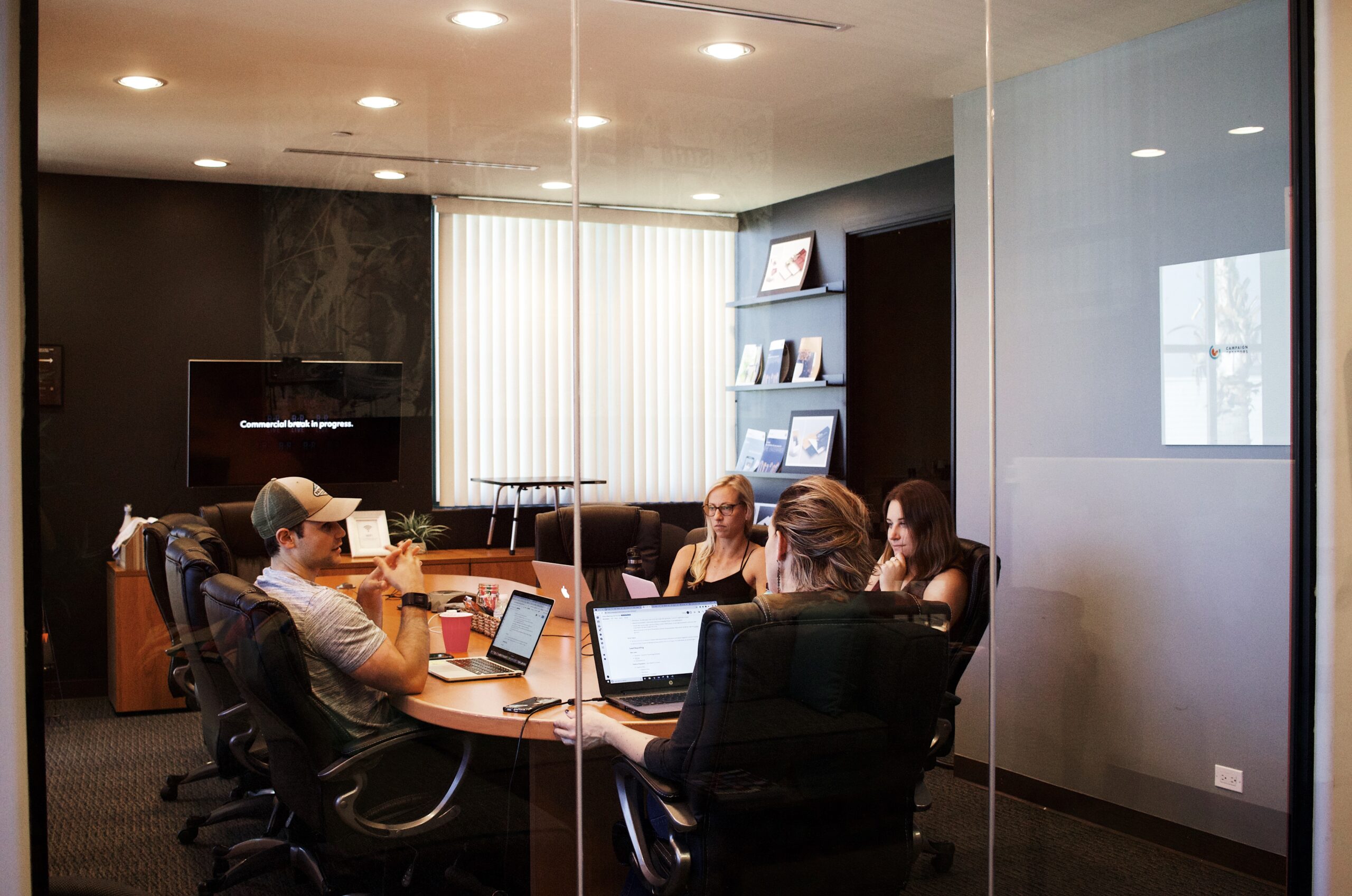WFO or WFH? After the pandemic, companies began to re-implement the Work from Office (WFO) system after previously more employees were Working from Home (WFH). However, a survey conducted in several big cities in Indonesia showed that the majority of employees prefer WFO with one condition.
Workers want one day a week where they can work from home.
The survey was conducted by CoHive, in a report on the results of the Post-Covid-19 Pandemic World of Work Survey. The report is prepared based on a survey conducted in the period November 2021 to January 2022.
The survey aimed to collect opinions and expectations of workers in facing the world of work in the new normal era after the pandemic.
This report summarizes the opinions of more than 1,300 employees spread across several major cities in Indonesia, both from technology companies (startups) and companies in other industries.
When the survey was conducted, the majority of respondents were aged 21-30 years (69%), worked in non-technology industries (74%), served as staff (66%), and lived in the areas of Jakarta, Bogor, Depok, Tangerang, and Bekasi or Jabodetabek (51%).
The rest are domiciled in other big cities, including Bandung, Yogyakarta, Semarang, Makassar, and Medan.
The results of the survey conducted included the majority of employees or as much as 77% who chose to return to work from the office when conditions returned to normal.
Even so, they hope that at least one day a week they can do WFH.
The WFH and WFO systems have their respective advantages. According to respondents, the most widely felt advantages of WFH have been reduced travel costs (74%), reduced travel time (68%), and ease of time management (34%).
The distance between home and office plays a big role in employee preference. The Cohive survey shows that the percentage that chooses WFH is highest in the group of employees whose location is more than 1 hour from home.
While the most WFO advantages are ease of communication (76%), interaction and joint social activities (61%), and completeness of work facilities (40%).
The company’s policies during the pandemic were the main factors influencing employee preferences for the work system they hoped for after the pandemic.
During the pandemic, 65% of respondents worked on a hybrid basis and 18% did WFH. Respondents who during the pandemic carried out WFH had a greater tendency to choose to remain WFH compared to those who underwent a hybrid policy, or who fully worked from an office.
If it is possible to work completely from home or an offsite location, the majority of respondents plan to build a dedicated work-from-home space (76%) or sign up for membership in a coworking space (32%). However, there are also planning to find a new place to live (16%)
Based on the survey, it can be concluded that the two types of work methods above have their respective advantages and disadvantages. Then, how about you?
























